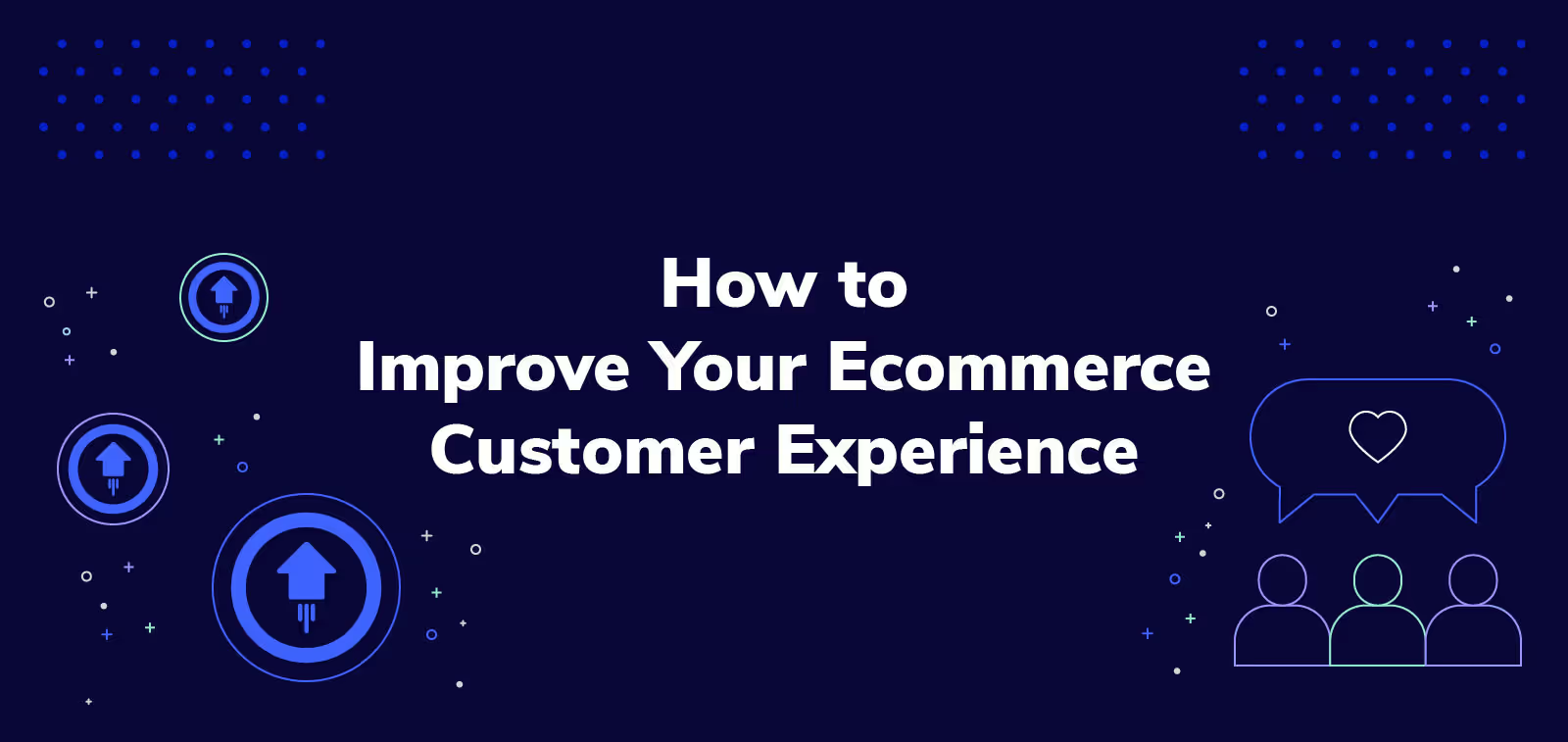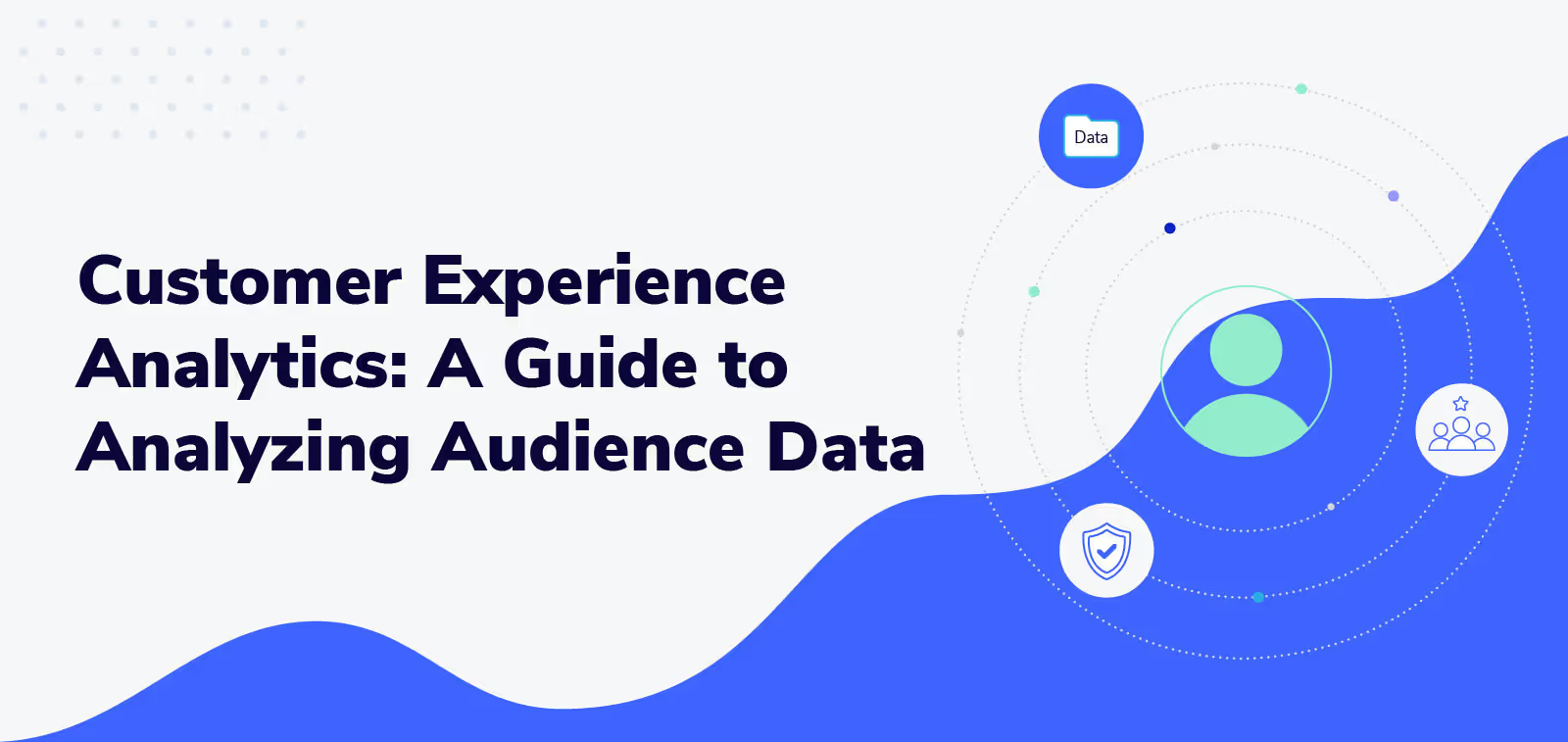Create an Effective Customer Engagement Strategy With These 7 Steps

Not every customer who lands on your website for the first time is ready to buy. But if you have an effective customer engagement strategy in place, their experience on your site can move them one step closer to ordering.
For example, a website visitor might simply be looking for product information. If they find it quickly, they might subscribe to your SMS campaigns. After a few well-timed text messages containing specific offers or promotions, they finally make a purchase — which is the ultimate goal, right?
High levels of customer engagement mean you’ve created customer-centric experiences across your brand. But you need a strategy to make sure you’re meeting customer needs at every stage of their life cycle.
Following these seven steps can help nurture engagement over time. The ultimate prize? Brand loyalty!
1. Map out the customer journey
A customer journey map is like a customer experience blueprint. It should match the goals of your target audience with an experience that helps customers achieve their goals quickly and with as little friction as possible. Low or no friction means higher levels of customer satisfaction and better engagement.
But putting yourself in your customers’ shoes isn’t easy — that’s why you want to put your map to the test. Here’s how:
- Create a persona for your target audience. Take into account age, gender, and income level.
- Pick a journey. You might want to map the steps that lead to this persona joining your mailing list or the steps existing customers might take to join your loyalty program.
- Use a digital tool to map the customer’s decision stages (like UXPressia), including what a customer feels at each stage and how you plan to move them closer to the next stage.
- Establish metrics to measure the success of the journey you’ve mapped. Does your mailing list journey actually lead to enrollments? If not, you may need to add or revise customer touchpoints throughout the journey.
Not mapping the customer journey can have big consequences.
Say you launch an ad on Instagram Reels featuring an influencer using a new skateboard. You link to the skateboard’s product page and hope for the best. But only a tiny fraction of the users who click through to the product page actually engage further. What’s the problem?
The problem is likely a mismatch between customer expectations and the content or call to action on the product page. Maybe the shopper wants more content from the influencer. Perhaps the landing page could be a longer blog post from the influencer with an invitation to purchase at the end of the post.
Sure, your campaign generated brand awareness. But if your goal was to sell skateboards, the lack of engagement past the product page means campaign ROI will suffer.
2. Invest in a customer engagement platform
Once you’ve mapped a customer journey, bring it to life with a customer engagement platform. Using a combination of marketing automation and integration with other platforms, this single piece of software enables — and tracks — customer interactions.
Successful customer engagement means sending the right prompt at the right time. A customer who abandons checkout might benefit from an email sent a few hours later containing a promo code. That email is an engagement opportunity.
An engagement platform pulls customer data from your ecommerce store, CRM, and marketing communications platform to get the timing and content of the recovery email correct. If the customer doesn’t have a history of engaging with emails, the platform will send a text if they’ve opted in or a retargeting ad on Facebook.
Popular engagement platforms to consider include HubSpot and Qualtrics.
3. Add and promote a loyalty program
Loyalty programs encourage customer engagement through incentives. Suppose you reward customers with points for buying a product, following you on Instagram, or sending a referral. You make it more likely customers will keep engaging to use their points. In other words, you’ve boosted customer retention.
A recent McKinsey study found that “3 out of 4 members of top-performing loyalty programs changed their behavior to generate more value for businesses.”
In fact, 64% of loyalty program members are willing to purchase more frequently.
So, how do you create a “top performing” loyalty program? By making it easy for customers to use their points and continually auditing the program’s incentives. Send a short, quarterly customer survey to program members, and ask them what rewards they’d like to see you offer. Sync your loyalty program software and ecommerce store so customers can see their point totals before they check out.
4. Offer omnichannel communication
Omnichannel communication lets the customer reach out to you on the channel they prefer, whether for shopping or contacting the customer support team. Maybe you only send offers or lend support via email, yet a segment of your customer base prefers SMS notifications. You won’t see good conversion rates from that segment.
The higher engagement stemming from omnichannel leads to an improved bottom line. Omnisend found that campaigns involving three or more channels saw a 494% higher order rate compared to single-channel campaigns.
The trick is getting these channels to communicate with each other, which is where your engagement platform comes into play.
Suppose an unhappy customer sends a complaint about a defective product via chatbot on Monday. On Tuesday, they receive an email invitation to join your loyalty program. That will seem tone-deaf, and the customer will probably be irritated at best and might churn altogether.
When you sync chat and email with your engagement platform, you’ll be able to flag the negative chat conversation. Then you can quickly move the customer out of the loyalty campaign.
5. Design engaging customer experiences on social media
Obviously, social media is a powerful digital marketing tool for customer engagement. And while likes indicate your content resonates with some users, they only scratch the surface of your post’s engagement potential. Here are a few things to try.
Ask customers questions
One of the best ways to boost social media engagement is to give customers a say in the products and experiences you create for them.
Suppose you’re working on a new model of waterproof speaker. Post a trio of concept photos on Instagram and ask customers to weigh in. If you use customers’ input in the new product, you’ll send the message that you truly care about what they think. This lays the foundation for further engagement.
Create a sweepstakes or drawing
Consumers love the opportunity to get stuff for free, and they’re happy to engage with social media posts to do it. You can use Facebook or Instagram to create a sweepstakes, following this general framework.
- Enter customers in a drawing for a product or service (or both) in exchange for liking a post, sharing it, and tagging a friend who might also be interested.
- Partner with a brand that has a larger social media following than yours. You’ll encourage that brand’s followers to engage with you.
- Celebrate the winner in a stand-alone post.
Note that Meta — as well as your local, state, and national jurisdiction — has specific rules regarding sweepstakes, so be sure to follow them for maximum success. Do your research, and proceed accordingly.
Sync with other engagement channels
Use the social media sweepstakes to encourage enrollment in other engagement channels. You can also use existing channels to draw attention to the sweepstakes.
The organic reach rate for Instagram is only 9.34% — meaning only 9.34% of your followers actually see your post. Boost awareness by announcing the sweepstakes at the end of emails or in a website pop-up.
At the same time, offer a bonus sweepstakes entry to users who become email or SMS subscribers. Include the signup link in your profile.
6. Understand customer beliefs and feelings
Sure, there are plenty of customers who buy a product simply because of how it looks or tastes. But many consumers buy for other reasons, like a product’s small environmental footprint. Learn what attracts customers to your brand, and you’ll boost your ability to create engaging content and experiences.
As you put your journey maps together, research the driving beliefs of your target audience. Make sure that your content marketing aligns with those beliefs as much as possible.
Clarus Commerce learned that 33% of loyal customers will switch brands if their favorite brand takes a stance on a social issue that they disagree with.
Take your product’s environmental footprint. Partner with an organization that sponsors environmentally friendly activities and donate a portion of each sale to it. You’ll give customers another reason to engage with your brand and help them support a cause they care about.
7. Inventory third-party partnerships
Boosting customer engagement often means partnering with third parties that offer value-added services to your customers. If these services boost convenience or peace of mind, then you’ve moved shoppers closer to customer loyalty.
Examples of these third-party services include one-tap ordering and real-time tracking (Shop), paying over time (Affirm), and product protection (Extend).
Say a shopper needs to file a product protection service request with Extend because they spilled red wine on a new couch. The shopper only needs to provide their email address, enter a few details, and learn in seconds whether their request has been accepted. If Extend approves a replacement product, the customer heads back to your ecommerce store to engage further with your brand.
Thanks to this seamless experience, the customer will shop with more confidence, knowing they have options if something happens to their product. Without Extend, you risk having to cover the cost of a new couch to avoid disappointing the customer.
Adapt your customer engagement strategy over time
With any marketing strategy, you have to set realistic goals. Optimizing a loyalty program and boosting social media engagement are each huge undertakings, so focus on one element at a time. But even when your engagement strategy is up and running, take time to audit your customer experiences to make sure you’re keeping up.
After mapping the customer journey and choosing an engagement platform, consider working with Extend as your next step. Integration is simple, and since household accidents are a fact of life, customers will appreciate the peace of mind Extend’s plans offer.
To learn more about how Extend’s product and shipping protection plans can play a role in your customer engagement strategy, request a demo here.
Aaron Sullivan is senior content marketing manager at Extend. He specializes in writing about e-commerce, finance, entertainment, and beer.
.svg)




























